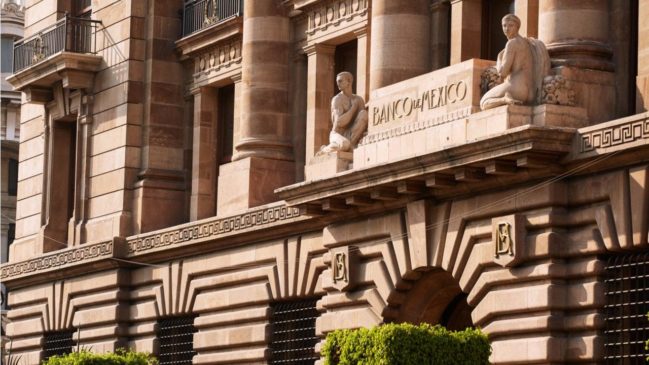Banxico, the Central Bank of Mexico, has announced it expects the development of its central bank digital currency (CBDC), the digital peso, to be completed in about three years. Victoria Rodríguez Ceja, the governor of Banxico, reported this before the Mexican Senate and added that the new currency should fulfill the three traits of money to create more financial inclusion.
Governor of Banxico Reports CBDC Advancements
Banxico has given a status update on its CBDC, the digital peso. The governor of Banxico, Victoria Rodríguez Ceja, informed that the bank had a rough approximation of the time it will take to complete and launch the currency. During the bank’s visit to the Senate to render its annual report, Rodríguez Ceja stated:
We estimate that in this process we will take around three years for its definitive operation.
The governor also stated this currency could be used as a means of exchange, as a unit of account, and as a store of value — three traits of money. The development of this currency was announced back in December 2021, when the governor, also before the Senate, talked about the possible functions that such a currency could have.
Financial Inclusion and Payments
Rodríguez Ceja compared cryptocurrencies and the CBDC that is in process of development, explaining the differences between the two. She stated that the upcoming digital currency was backed by the central bank, and will be part of the monetary base of the country. However, about cryptocurrencies, she warned:
Crypto assets are unsupported assets, they are not legal tender currencies and due to variability they can be a risk for individuals who decide to have access to them.
Banxico expects the future digital peso to be useful for improving the financial inclusion of more people into the banking system. In this sense, the currency is also being designed to provide another alternative for making payments. Rodríguez Ceja stated that this new currency does not have the goal of substituting the current system, but will serve as a tool to provide more opportunities to the underserved.
According to the World Bank, Mexico lags in financial inclusion, with only 37% of adults having access to a bank account in 2021. In the same way, only 32% have made or received digital payments. This puts Mexico at a disadvantage when compared to similar countries in the area. The digital peso aims to improve this situation, with commercial banks also proposing to help in the design of the currency to fulfill its goals.
What do you think about the statements of Victoria Rodríguez Ceja about the digital peso? Tell us in the comments section below.
Image Credits: Shutterstock, Pixabay, Wiki Commons
Disclaimer: This article is for informational purposes only. It is not a direct offer or solicitation of an offer to buy or sell, or a recommendation or endorsement of any products, services, or companies. Bitcoin.com does not provide investment, tax, legal, or accounting advice. Neither the company nor the author is responsible, directly or indirectly, for any damage or loss caused or alleged to be caused by or in connection with the use of or reliance on any content, goods or services mentioned in this article.




